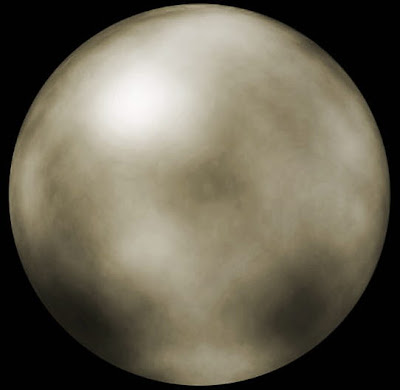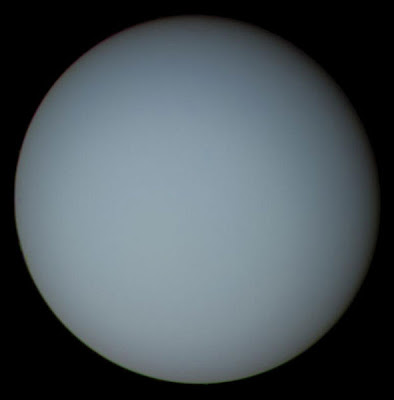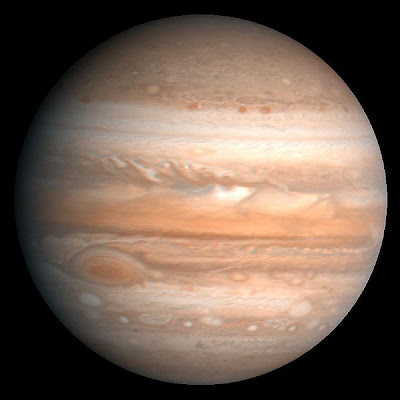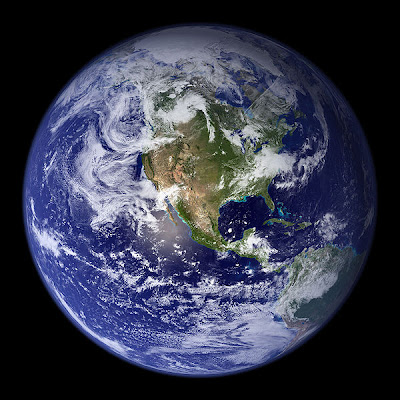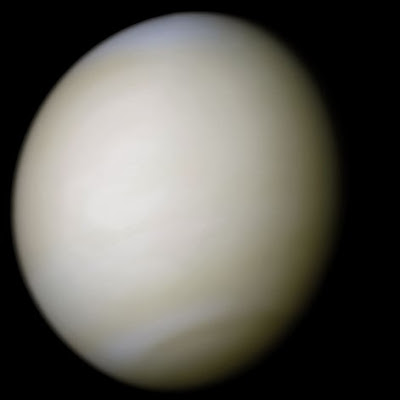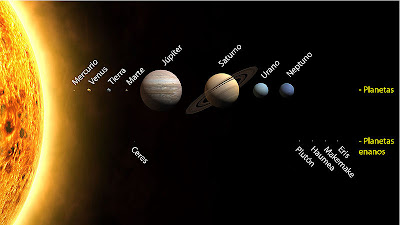The solar system to which we belong to is a planetary system in the galaxy we call the Milky Way and is found specifically in one of the arms of it, called the Orion Arm. According to recent estimates, the solar system is about 28 thousand light-years from the center of the Milky Way. The solar system is named after the single star that is formed by, the Sun. There are eight planets orbiting the star (Mercury, Venus, Earth, Mars, Jupiter, Saturn, Uranus and Neptune), five dwarf planets (Ceres, Pluto, Eris, Makemake and Haumea) and other bodies among which are the asteroids, moons or comets and interplanetary space between them. El Sistema Solar al que pertenecemos es un sistema planetario de la galaxia que denominamos Vía Láctea y se encuentra concretamente en uno de los brazos de ésta, el llamado Brazo de Orión. Según las estimaciones más recientes, el Sistema Solar se encuentra a unos 28 mil años-luz del centro de la Vía Láctea. El Sistema Solar, debe su nombre a la una únic...


